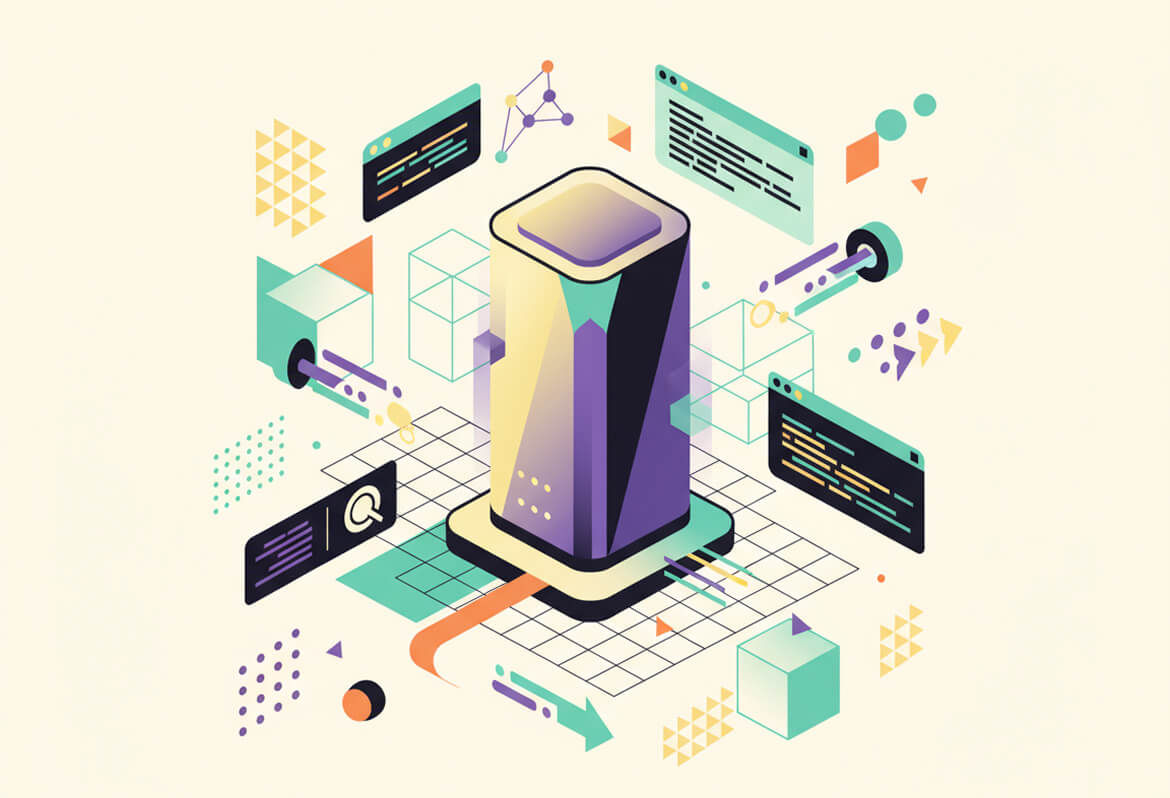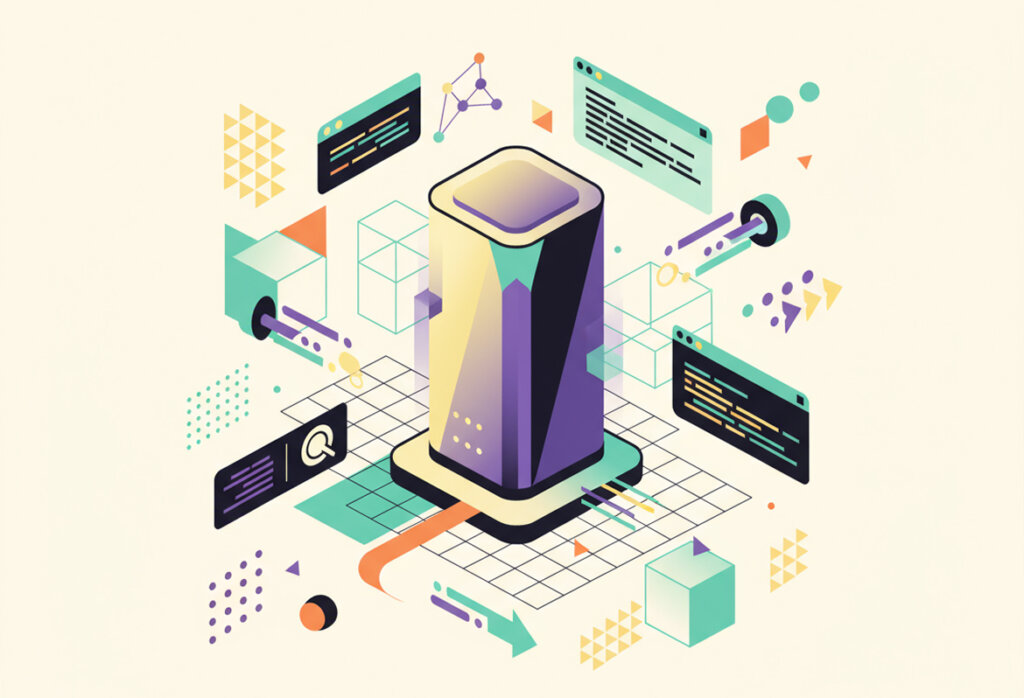A practical, business-focused guide to Model Context Protocol (MCP) servers — what they are, how to set one up, and how to operate them securely at scale.
Key Highlights
MCP standardizes how AI agents call external tools and data, turning models from static advisors into action-capable teammates.
Servers expose capabilities (methods/resources) via a consistent schema; clients discover and invoke them using JSON-RPC semantics.
Business value: unified integrations, security controls, observability, and reuse across multiple AI platforms — cutting cost and time-to-market.
Setup is straightforward: define a small capability, implement a handler, run locally, connect a client, then harden for production.
Operate safely: least privilege, authentication, rate limits, structured logging, versioning, and clear deprecation policies.
Scale smartly: cache, batch, and monitor; containerize and deploy behind TLS with proper secrets management.
Introduction
Large Language Models (LLMs) are most useful when they can reach into real systems — CRMs, analytics, ticketing, knowledge bases — and perform actions safely. Model Context Protocol (MCP) provides a clean way to do this: agents connect to MCP servers that expose specific tools and resources with predictable inputs and outputs. This guide walks you through MCP concepts, setup, client connection, and secure operations to make MCP production-ready for your business.What is MCP?
MCP is a client–server protocol that lets AI agents discover and invoke external capabilities consistently. The server declares what it offers; the agent discovers these capabilities and calls them as it reasons through a task.Core Ideas
- Standard interface: eliminates vendor lock-in and bespoke connectors.
- Typed schemas: explicit input/output validation ensures reliability.
- Transport flexibility: usually JSON-RPC over stdio or HTTP.
- Composable design: multiple servers can represent different domains (CRM, analytics, billing).
MCP Architecture & Components
An MCP client (inside the agent) connects to an MCP server exposing domain logic. The client discovers capabilities, sends structured requests, and gets structured responses.- Tools/Actions: callable functions like
getCustomerByEmailorcreateInvoice. - Resources: read-only context providers (documents, files, datasets).
- Metadata: includes versioning, capability flags, and descriptions.
Why MCP is Good for Business
MCP reduces integration sprawl, strengthens security boundaries, and enables reuse across AI clients.| Benefit | What it means | Example |
|---|---|---|
| Unified integrations | One server per domain instead of per-model connectors. | Expose CRM or analytics once for all agents. |
| Governance & safety | Built-in validation, auth, and auditing. | Every call logged and monitored. |
| Faster delivery | Agents reuse the same integration logic. | Launch new assistants faster. |
| Cost control | Rate limiting, caching, batching. | Lower infrastructure costs. |
Prerequisites
- Language runtime (e.g., Python or TypeScript).
- Basic HTTP or stdio service setup.
- Defined first capability (small, safe, valuable).
- Planned authentication and logging strategy.
Step-by-Step Setup
1) Initialize the Project
Create a new project folder and install JSON-RPC libraries and any frameworks you prefer (Flask, FastAPI, Express, etc.).2) Define Your Schema
List method names, inputs, and outputs clearly. Keep it simple; define one or two useful capabilities first.3) Implement One Handler
Write the logic behind each method. Validate inputs, handle timeouts, and sanitize responses before returning them.4) Add Logging & Metrics
Include structured logging for requests and results. Add latency, error rates, and usage metrics to track health.5) Run Locally & Test
Test your server using curl or a small client script. Ensure valid JSON responses and error handling.6) Prepare for Deployment
- Containerize the service using Docker.
- Enable HTTPS/TLS termination.
- Store secrets securely.
- Implement resource limits and scaling rules.
Example JSON-RPC Request
{"jsonrpc":"2.0","id":"1","method":"getWeather","params":{"city":"Dhaka"}}
Example JSON-RPC Response
{"jsonrpc":"2.0","id":"1","result":{"temperature":32,"condition":"Sunny"}}
Connecting an MCP Client
Point your AI agent’s configuration to your MCP server URL. Clients will automatically discover available methods.Troubleshooting Discovery
- Verify protocol (HTTP vs stdio) and correct ports.
- Ensure proper authentication headers.
- Check CORS and firewall configurations.
- Monitor server logs for failed handshake attempts.
Security & Governance
Least Privilege
Expose only what is necessary and validate all parameters.Authentication & Authorization
- Use JWTs or mTLS for identity verification.
- Link calls to specific users or services for auditing.
Audit & Privacy
- Keep structured logs with correlation IDs.
- Redact sensitive data in logs and responses.
Abuse Prevention
- Apply rate limits and request quotas.
- Validate all inputs against expected patterns.
- Isolate execution contexts for untrusted data.
Operations & Scaling
Performance
- Cache frequent queries.
- Use async I/O for concurrency.
- Batch requests to reduce latency.
Observability
- Dashboards for latency, throughput, and error rates.
- Alerts for anomalies and sustained failures.
Versioning
- Include version fields in schemas.
- Maintain backward compatibility and deprecation notices.
Common Pitfalls
- Overly broad methods that are hard to secure.
- Skipping authentication during prototyping.
- Missing rate limits leading to server overload.
- Logging secrets or user PII without redaction.
- Neglecting version control for schema changes.




